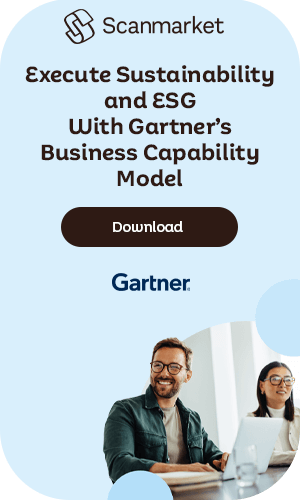Contract life cycle management or CLM, is simply the management of any type of contract from the initial stages to expiration or renewal. CLM is important if your business wants to maximize your potential and streamline the contract management phases to improve efficiency and cost.
From commercial agreements, to service contracts, all businesses and organizations rely on contracts as a key component of their business. By optmizing the processes involved in contract management and adopting contract lifecycle management, you have control over every stage of the contracting process, from risk assessment, through onboarding to contract renewal and termination, which in turn improves contract performance and value.
Poorly managed contracts can lead to negative consequences for your business, both reputationally and financially. Given the importance of contracts to businesses, there are advantages to be gained from effective contract lifecycle management and gaining control of end-to-end processes.
Improved Efficiency
It goes without saying that the more efficient a system is, the less time and money it will cost your business. Having an effective contract lifecycle management system in place can improve efficiency and productivity.
Established workflows allow for administrative control and you can identify any issues within the framework. Successful contract management should help your business to continually improve and accelerate your processes and smooth out your overall system.
You will notice a difference to how much quicker the initial contract cycle can be once you have implemented an efficient contract management system into your business. This acceleration optimizes the time and the value of each contract.
Improved Revenue
Good CLM should help businesses achieve their potential, including helping hit all their financial goals and objectives. Poor contract management has been reported to cause companies an annual revenue loss of around 9%, so contract management should be of vital importance to businesses regardless of size or industry.
Thanks to a larger overview of practices and workflows and a better control of finances, successful CLM can often help reduce operating costs. Transparency to data, audit trails and workflow performance, you can save time and money and improve your contract lifecycle value.
Effective Risk & Compliance Management
Managing third-party and organizational risk is essential to any business.
As businesses build on the growing opportunities afforded by an extensive third-party ecosystem, the larger and more complex risk management becomes. To successfully manage the growth in contracts and the increase in monitoring of expanding third-party relationships and the value they bring to your business, there must be a solid CLM framework in place to successfully govern and manage the risk presented by an external enterprise.
CLM can offer improved capabilities for the management and monitoring of risk. As businesses expand and increase their number of contracts, relationships and contracts change and grow, especially in relation to their value, so risks also change.
One advantage of CLM in regards to this, is that your business can quickly identify, access, understand and act on any data or contract, helping to stay abreast of any compliance policies or regulatory rules.
Therefore it is important to continually audit your contracts, for both the success of your business and to reduce the risk of litigation and fines which can have devastating financial consequences. Regular auditing within a good CLM system helps protect the company and minimizes risk.
Transparency
When you are trying to build relationships with clients and service providers, transparency is essential for all parties involved. Having transparency in your CLM can help with communication. Information relating to contracts needs to be readily available and communicated easily and effectively with all relevant stakeholders and persons, and a framework for tracking and reporting performance and progress is the best practice when it comes to communication and managing expectations.
This allows KPI’s, contract reviews and deadlines to be monitored by all involved, hopefully producing an excellent working relationship with all parties, and helping your contract management process to run as smoothly as possible.
Given the role contracts play in business, it is vital that there is some transparency. Everyone involved in the contract life cycle should be able to be held accountable and it also means financial teams can keep any eye on contract performance and values, so any decision taken is based on real-time data and is the correct step for the future of the business.
CLM Software
The most effective way to streamline your contract management and to prioritize the importance of contract management to your business, is by automating the contract lifecycle processes and implementing contract lifecycle management software (CLM.) Using this software means that at every stage in a contract lifecycle, a business can automatically digitize, create, monitor and manage their contracts.
Whether it is managing documentation, contracts, legal agreements with vendors or leases and licensing arrangements, a good CLM solution can manage them all from end-to-end. Streamline your administrative tasks and approval processes whilst simultaneously lowering your overheads. Optimize your business processes to improve productivity, efficiency, ROI and maximize your business revenue. Automated software can accelerate the authoring phase in the contract process with contract creation and templates, agreement, and approval, electronic signatures, and commitments management. Using any web browser, you can keep on top of all your contract management projects and processes in just one single system.
CLM systems and automated software also offer a centralized platform for storing documents and data and a framework for standards and control procedures. Software can have integrated features such as intelligent questionnaires, a browser-based central repository and trigger-based alerts for milestones and events, all of which can help with management of risk and compliance, backed by full audit trails. You can also keep on top of all compliance management and processes by using the reporting features, common in most software solutions, which allows you to track and analyze operational data, workflows, and information.













